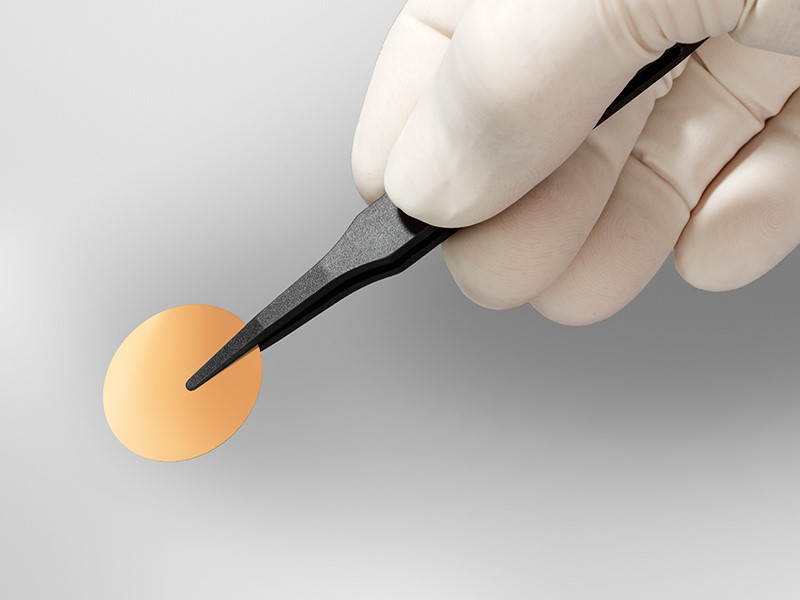New Membranes for Environmental, Pharma and Wider Applications

Summary: A new membrane that’s better for your application
Choose Gold-coated polyester membranes for:
- Detecting and characterizing micro-plastics in environmental water samples.
- Particle analysis by SEM/EDX, FTIR microscopy and Raman spectroscopy.
- Identification and characterization of micro- and nanoparticles in pharmaceutical fluids and chemical auxiliary agents.
- Testing for technical cleanliness in accordance with ISO 16232 and VDA 19.
Detecting and characterizing particles of contamination in pharma, chemicals, and the environment
The great tragedy of microplastics comes down to two concepts.
- Photodegradation
- Absorption
Microplastics aren’t just the little beads that are now largely outlawed in products like face wash. They’re small pieces of plastic, yes. But they didn’t all start out that way.
Most of them spent decades in the environment. Smashing into things. Pulverized to little bits, they enter the food chain, or find another home away from the sun (which would break them down, photodegrade them, eventually) and leach toxic chemicals into the environment for decades. Even centuries.
With a large surface area-to-volume ratio, they readily adsorb waterborne pollutants, like aqueous metals, endocrine-disrupting chemicals and persistent organic pollutants.
Until recently, detecting and characterizing microplastics in environmental water samples has been difficult. They can be uniquely elusive particles. Recent research, however, has shown remarkable results from gold-coated polycarbonate and gold-coated polyester membranes, which are becoming the gold standard in other critical applications as well.
Identification and characterization of micro- and nanoparticles in pharma fluids and chemical auxiliary agents
The freedom of a product from particles and the monitoring of a product's particle content are fundamental requirements in pharma production.
Contamination happens naturally during manufacturing.
- People and machines shed contaminating particles constantly.
- Other environmental contamination like dust and organisms, or product residues and aerosols, are commonly present.
- Contamination can be created by packaging and production equipment.
Particle testing the end product is challenging, expensive, and too late. Instead, particle testing should be integrated throughout the production process.
Gold-coated polyester membranes are stable in a liquid medium for longer periods of filtration than most other materials, making them ideal for integrated particle testing throughout pharmaceutical production and similar processes with chemical auxiliary agents.
Perfect to verify compliance with the automotive component cleanliness code
Particle contaminants affect the reliability of vehicle parts, especially when the part is assembled using components from multiple suppliers. Even tiny particles can cause catastrophic failure. Obviously, technical cleanliness is incredibly important.
During production, manufactured metal parts are cut, ground, deburred. Serious, system-wide problems can occur if metal chips are not properly cleaned and removed. To verify removal, the new industry standard will be gold-coated polyester membranes.
Particles are removed from vehicle parts via sluicing with testing fluid (or a similar process). The testing fluid can be filtered through Sterlitec's gold coated polyester membranes, which are prepared for examination under a light microscope.
- Most Viewed Blog Articles (5)
- Company News (285)
- Emerging Technologies (64)
- Microbiology and Life Science News (93)
- Water and Fluid Separation News (97)
- Filtration Resources (93)
- Product News (19)


![Join Sterlitech at BIO 2024 [Booth #5558]: Exploring the Future of Biotechnology](https://www.sterlitech.com/media/blog/cache/300x200/magefan_blog/b4.jpeg)



